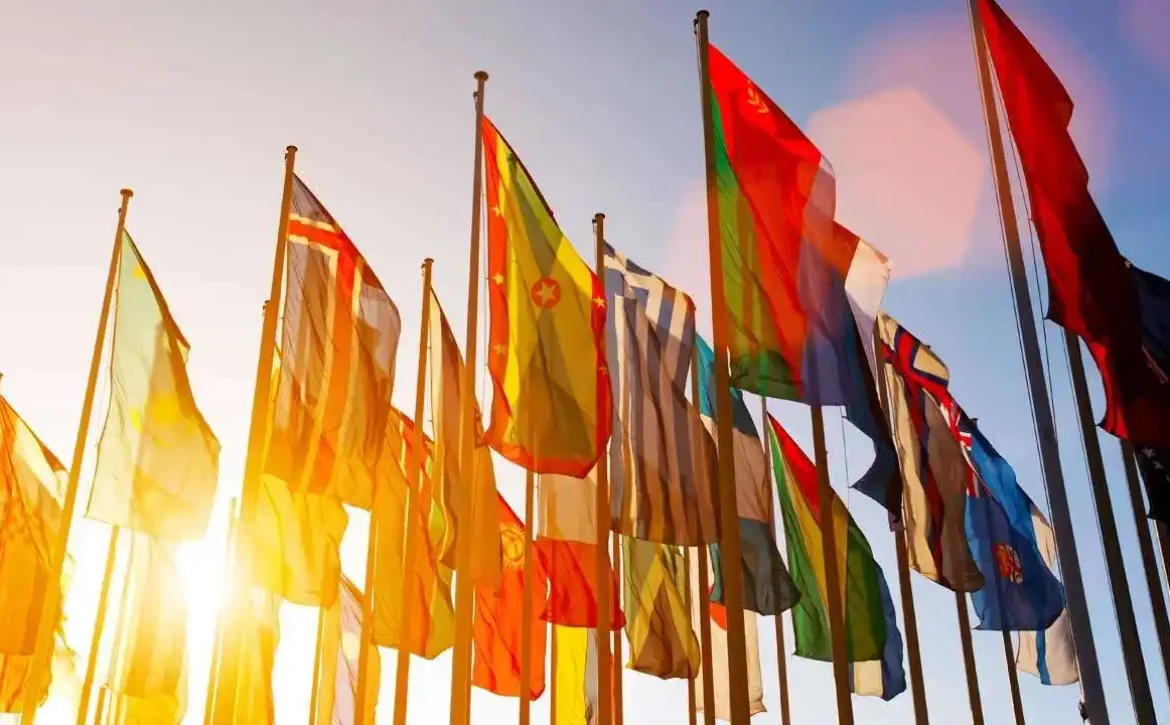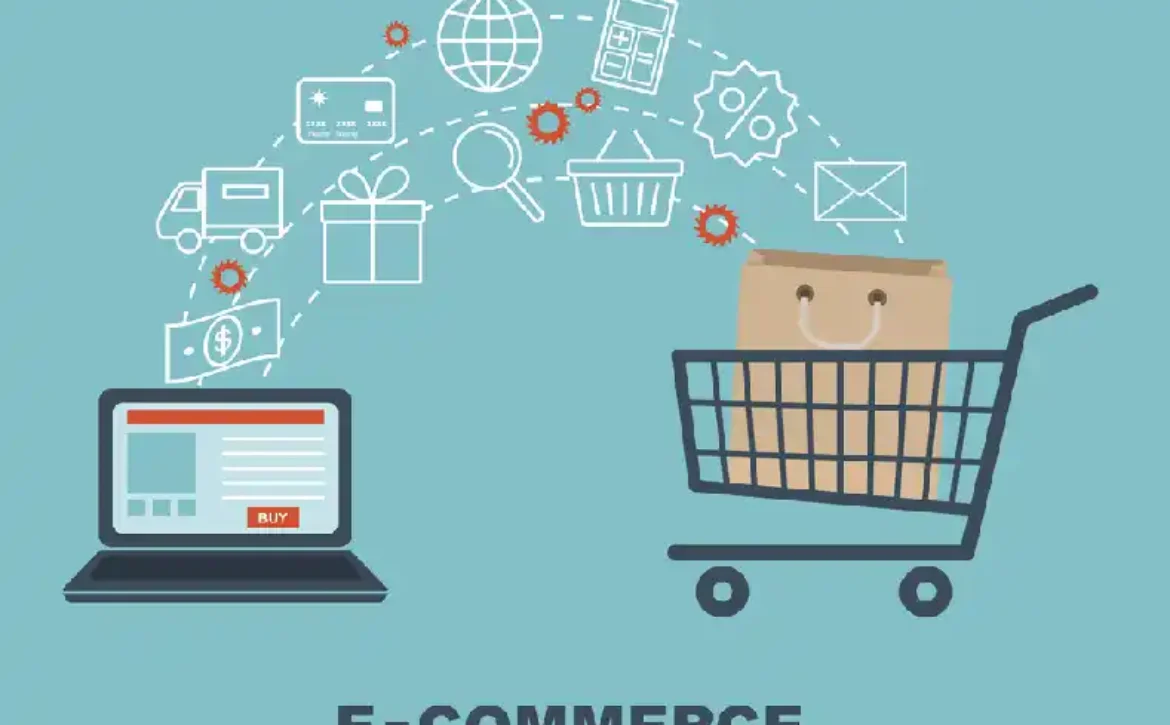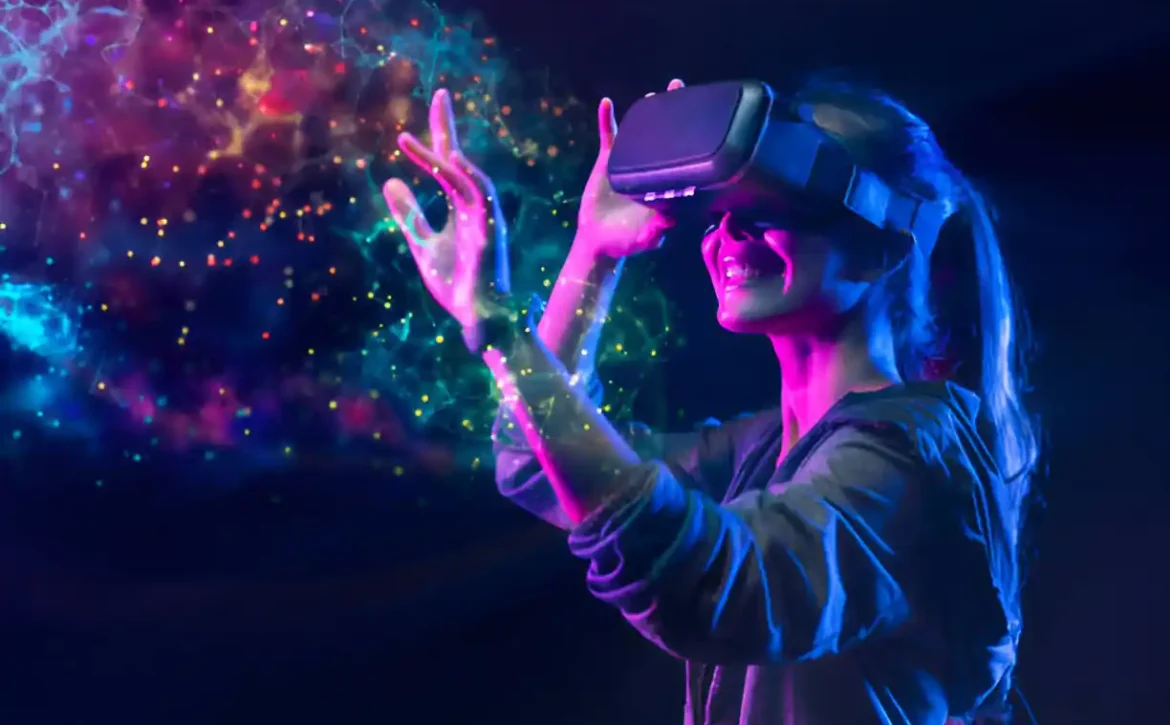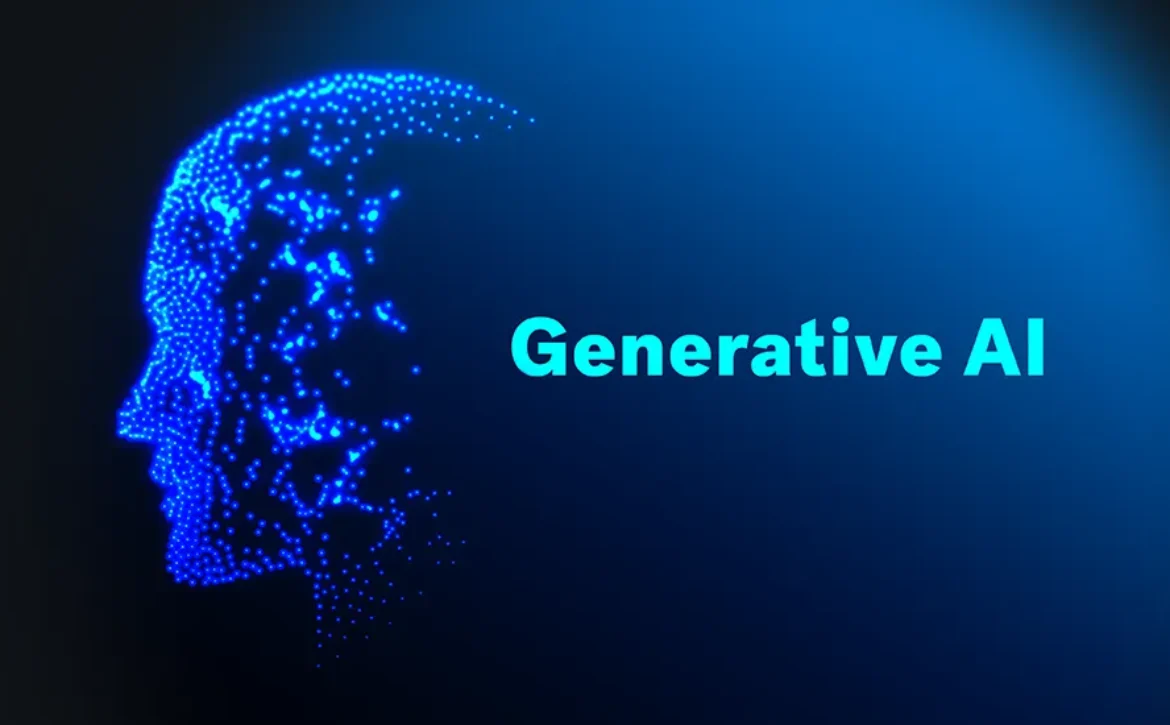Global Diplomacy & Conflicts in 2025: A World on the Edge of Change
In 2025, the world stands at a critical juncture. As conflicts flare in some regions and diplomacy prevails in others, global leaders face a delicate balancing act—navigating power struggles, humanitarian crises, technological threats, and a rapidly shifting geopolitical order.
Diplomacy has always been the cornerstone of international relations. But in today’s interconnected and polarized world, its role is being tested like never before. With military tensions, climate conflicts, cyber warfare, and displacement crises on the rise, the global community must ask: Can diplomacy still prevent catastrophe, or are we entering an era of chronic instability?
This blog explores how global diplomacy and conflicts are evolving in 2025—what’s driving them, where they’re headed, and how the world is responding.
What Is Global Diplomacy?
Global diplomacy refers to the structured management of relationships between nations through peaceful negotiation, alliances, treaties, and dialogue. It involves:
- State-to-state communication
- Multilateral cooperation (UN, G20, BRICS)
- Conflict resolution
- Strategic influence without force
Traditionally handled through embassies, summits, and secret backchannels, diplomacy today also unfolds digitally, in real time, with the world watching.
Types of Diplomacy:
- Bilateral: Between two countries (e.g., US-China trade talks)
- Multilateral: Involving multiple nations (e.g., UN Security Council meetings)
- Economic: Trade agreements, sanctions, aid
- Cultural: Exchange programs, soft power influence
- Cyber & Tech Diplomacy: Digital sovereignty, AI governance, data sharing
Major Global Conflicts in 2025
Conflict remains a defining feature of the global landscape in 2025. Here are the most critical flashpoints:
1. 🇷🇺 Russia-Ukraine War: Frozen or Flaring?
Now in its fourth year, the Russia-Ukraine conflict continues to reshape European security. Despite several failed ceasefires and rounds of peace talks, fighting persists in eastern Ukraine.
- NATO continues to support Ukraine with weapons, intelligence, and humanitarian aid.
- Russia remains entrenched, using energy as a weapon and strengthening ties with China and Iran.
- Civilian casualties have surpassed 500,000, and over 10 million people have been displaced.
Diplomatic note: Talks in Geneva and Ankara have attempted to reopen humanitarian corridors, but deep mistrust derails long-term solutions.
2. 🇮🇱 Gaza-Israel: Cycles of Violence
The Gaza Strip saw renewed violence in early 2025 following disputed elections and military escalations.
- Civilian infrastructure, including hospitals and schools, has been destroyed.
- The Arab League is urging de-escalation, while the UN proposes a two-state negotiation roadmap.
- Mediation efforts from Egypt and Qatar continue, but progress is slow.
Diplomatic note: The Abraham Accords have offered some regional stability, but they have not resolved the core Israeli-Palestinian conflict.
3. 🇨🇳 China-Taiwan: Strategic Brinkmanship
Tensions between China and Taiwan have escalated to new heights:
- Increased Chinese military flights and naval patrols near Taiwan’s borders.
- Western nations have boosted Taiwan’s defense and tech cooperation.
- The U.S. maintains a policy of “strategic ambiguity,” supporting Taiwan without formal recognition.
Diplomatic note: ASEAN countries fear being drawn into a broader regional conflict, prompting a push for an Asia-Pacific Peace Framework.
4. 🌍 Africa: Fragile States & Proxy Wars
Several African nations are experiencing high-intensity conflicts in 2025:
- Sudan’s civil war continues after a military coup and ethnic clashes.
- Ethiopia’s Tigray conflict has flared again, threatening regional stability.
- The Sahel region (Mali, Burkina Faso, Niger) sees ongoing insurgencies and foreign military presence.
Diplomatic note: African Union-led peace talks are ongoing, with support from the EU and UAE, but face funding and coordination challenges.
Diplomacy in Action: Hope Amidst Conflict
Recent Successes:
- Colombia brokered a peace agreement with a major rebel group after years of stalled negotiations.
- India and China resumed border demarcation talks after clashes in 2023.
- South Korea and Japan restored full diplomatic ties, easing decades of historical tensions.
These examples show that when diplomacy is consistent, inclusive, and backed by mutual interests, it works.
Tools of Modern Diplomacy
1. Digital Diplomacy
Governments now use platforms like Twitter, YouTube, and Instagram to:
- Share policy updates
- Rally international support
- Expose disinformation
- Launch cultural campaigns
2. AI in Diplomacy
AI tools are helping:
- Analyze public sentiment
- Monitor ceasefire violations through satellite imagery
- Predict conflict escalation based on data modeling
3. Sanctions and Economic Leverage
Sanctions remain a non-violent but powerful tool:
- Russian oil and gas sanctions reshaped global energy markets.
- The U.S. and EU have imposed tech export bans on hostile states.
- Currency and trade restrictions are used to influence government behavior without war.
Impacts of Global Conflict
Economic:
- Supply chain disruptions: Fuel, grain, and chip shortages
- Inflation and recession risks: War zones affect global prices
- Investment insecurity: Investors avoid unstable regions
Humanitarian:
- Over 100 million forcibly displaced people globally
- Refugee crises burden neighboring countries and global aid systems
- Increased need for food, shelter, and healthcare
Technological:
- Rise in cyber warfare (government-backed hacking, ransomware)
- Militarization of space and AI
- AI-generated misinformation threatening diplomacy
The Role of Multilateral Institutions
🏛 United Nations (UN)
- Peacekeeping in 13+ countries
- Advocacy for ceasefires and humanitarian aid
- Facing criticism for slow action and veto gridlocks in the Security Council
💼 NATO
- Stronger than ever post-Ukraine war
- Expanded presence in Eastern Europe
- Cyber defense and hybrid warfare training
🌏 BRICS & Global South
- Offering counterbalance to Western dominance
- Pushing for new global financial systems (de-dollarization)
- Acting as neutral mediators in conflicts
The Road Ahead: Will Diplomacy Prevail?
Global diplomacy in 2025 is at a crossroads.
- The risks are high: Conflict over resources, tech, and ideology can ignite faster than ever.
- But the tools are better: Technology, real-time communication, and youth-driven movements offer new paths to peace.
To succeed, the world must embrace:
- Inclusive diplomacy: Voices from youth, civil society, and marginalized communities
- Digital ethics: Guidelines for responsible AI and cyber diplomacy
- Sustainable peacebuilding: Not just ending wars, but preventing them through education, equity, and climate action
Final Thoughts
As war, rivalry, and ideology test the limits of global cooperation, diplomacy remains the only sustainable path forward. It is slow, imperfect, and often frustrating—but it is the one tool capable of turning hostility into harmony.
In a world on edge, dialogue is the bridge to peace.









